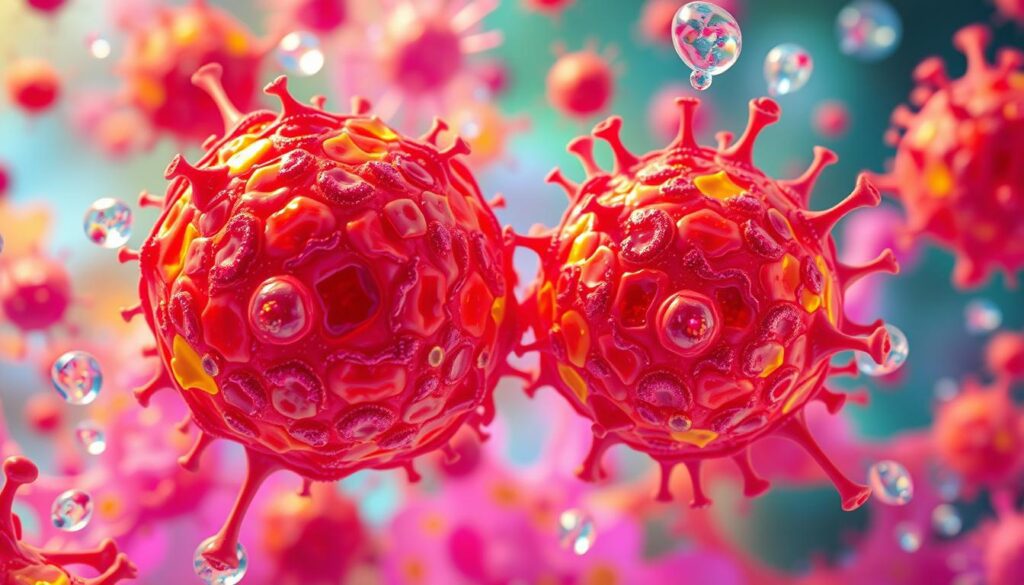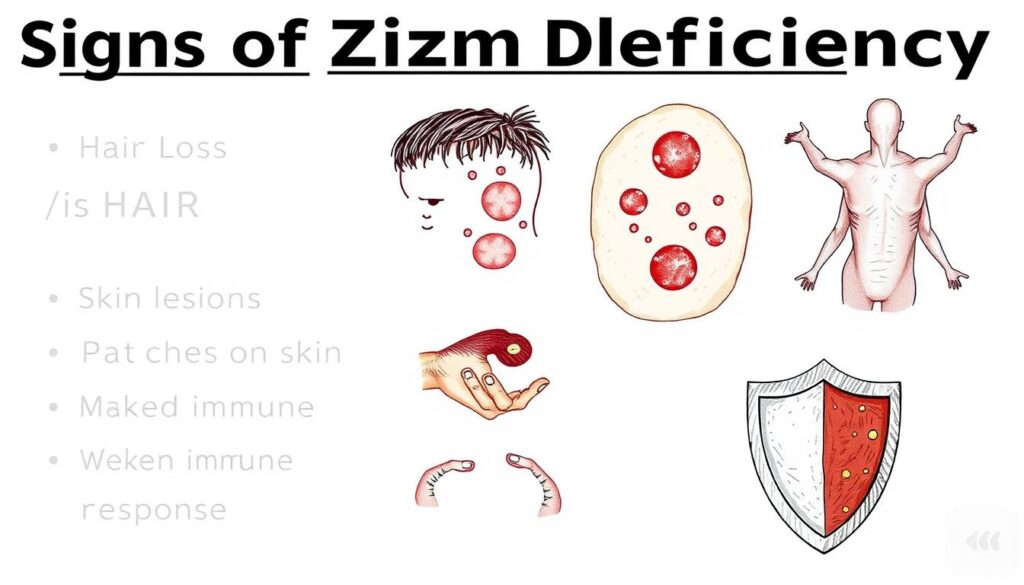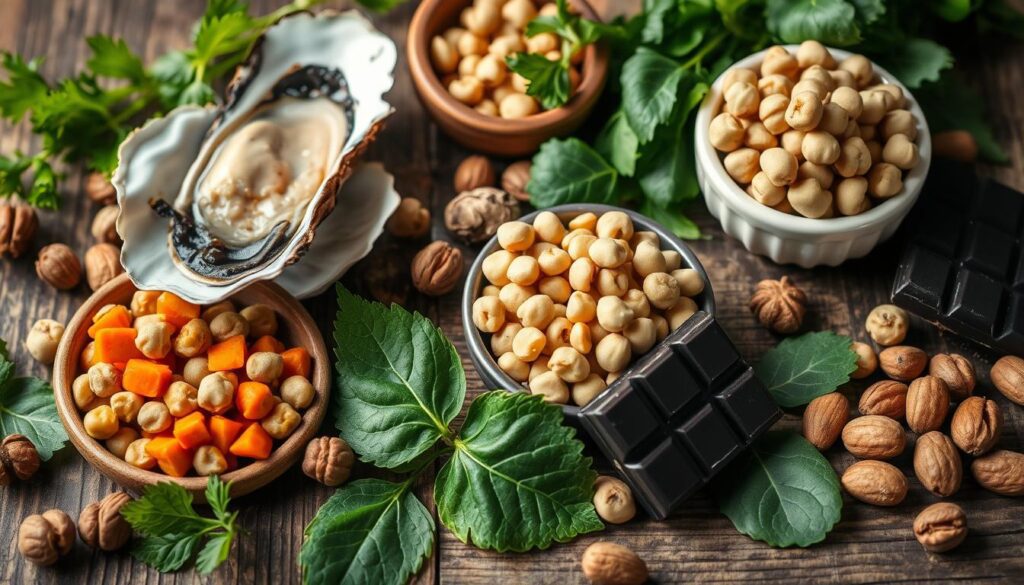Zinc
Have you ever caught a cold at the worst possible moment, feeling helpless as you endure every sneeze and cough? You’re not alone; this frustration is a common experience. Amid the hustle of daily life, it may surprise you to learn that a single essential mineral can boost your body’s resilience to viruses and improve overall health. This tiny yet powerful nutrient plays a role far beyond just supporting immune function—it’s also critical for wound healing, growth and development, and maintaining the body’s delicate balance.
Present in every cell, this trace element is the second-most abundant after iron. Over 300 enzymes depend on it for activities like digestion and metabolism, emphasizing its importance in the diet. Despite its significance, millions worldwide face deficiency risks, which can lead to severe health issues, particularly in vulnerable populations.
As we explore the remarkable benefits of this mineral and the best food sources to maintain optimal levels, take a moment to appreciate how it impacts your life daily—from strengthening your immune defenses to aiding in skin repair. Understanding its role can empower you to make informed choices for your health and well-being.
Key Takeaways
- Zinc is essential for immune function and plays a critical role in wound healing.
- Deficiency can lead to severe health issues, including increased infection risk and delayed growth.
- Top food sources of zinc include shellfish, meat, legumes, and dairy products.
- The recommended intake for zinc varies by age and sex and may need to be higher for pregnant or breastfeeding women.
- Knowing the signs of zinc deficiency is vital for maintaining optimal health.
Introduction to Zinc
This essential mineral plays a vital role in numerous biological processes. The total amount found in the human body ranges from approximately 1.5 grams in women to about 2.5 grams in men. As a critical trace element, it is involved in over 300 enzymatic reactions, making it indispensable for cellular metabolism, protein synthesis, and DNA formation. Maintaining adequate levels is key to overall health.
This nutrient supports various aspects of well-being, particularly during critical developmental stages like pregnancy, childhood, and adolescence. Absorption rates from dietary sources can vary widely, from as low as 5% to over 50%, depending on factors such as diet composition and individual health. Rich food sources include oysters—the most concentrated option, with up to 32 mg per serving—alongside meat, fish, beans, nuts, and whole grains. In the U.S., fortified breakfast cereals serve as a notable contributor, especially for children and adolescents, providing a significant portion of daily requirements.
For adults, plasma levels typically range from 80 to 120 mcg/dL, with values below 70 mcg/dL in women or 74 mcg/dL in men signaling a deficiency. Maintaining an adequate daily intake is essential for reaping its health benefits and preventing issues such as weakened immunity and slow growth.
Role of Zinc in the Body
Zinc plays a pivotal role in various physiological functions essential to maintain good health. As a crucial mineral, it particularly supports cell growth and division, which is vital for overall growth and development. Adequate zinc levels are necessary for the development and maintenance of health in both children and adults.

Cell Growth and Division
During development, zinc is critical for stimulating cell growth. This mineral not only supports the formation of new cells but also facilitates the replication process that ensures proper growth and tissue repair. A deficiency in zinc can lead to compromised cellular processes, impacting overall health and development.
Immune Function
The role of zinc in immune function cannot be overstated. It is required for the activity of immune cells, enhancing the body’s defense mechanisms. A sufficient intake of zinc helps ensure that the immune system can effectively respond to infections, providing the necessary strength to ward off illnesses and maintain overall health.
Enzymatic Reactions and Protein Synthesis
Zinc is integral for numerous enzymatic reactions essential for metabolic processes. Its presence is vital for protein synthesis, enabling the body to produce the proteins required for various functions, including hormone regulation and tissue growth. This functional aspect of zinc underscores its importance in facilitating overall metabolic health.
Zinc: Key Health Benefits, Deficiency Signs, and Top Food Sources
Zinc is an essential mineral that provides numerous key health benefits, making it vital for overall well-being. Understanding its role can improve health outcomes and prevent deficiencies, which are more common than many realize. Below, several important aspects of zinc, including its ability to boost immune health, support wound healing, and its powerful antioxidant properties, will be explored.
Boosting Immune Health
One of the most significant key health benefits of zinc lies in its role in boosting immune health. It is crucial for the proper functioning of immune cells, particularly in vulnerable populations like the elderly. Adequate zinc intake can help reduce the risk of infections and support overall immune response.
Supporting Wound Healing
Zinc is widely recognized for supporting wound healing due to its critical involvement in collagen synthesis and tissue repair. Ensuring sufficient levels of this mineral accelerates healing processes and is essential for maintaining skin integrity. Without adequate zinc, healing may be significantly delayed, leading to many deficiency signs that indicate a need for dietary adjustments.
Antioxidant Properties and Anti-Inflammatory Effects
The antioxidant properties of this essential mineral help combat oxidative stress, which can cause cellular damage. It also has anti-inflammatory effects, reducing inflammation and potentially lowering the risk of chronic conditions such as heart disease and cancer. Incorporating foods rich in this nutrient into your diet is an effective way to harness these health benefits while preventing deficiencies.
Among the top dietary sources, oysters are unparalleled, providing a remarkable 74.1 milligrams per 3-ounce serving—673% of the daily recommended value. Other excellent options include Alaskan king crab, beef, pork, and legumes, offering a variety of choices for individuals aiming to maintain healthy levels.
Signs of Zinc Deficiency
Zinc deficiency, while not common in the United States, can cause various symptoms that impact overall health. Recognizing these deficiency signs is essential, especially for those in high-risk groups such as pregnant women, vegetarians, and individuals with gastrointestinal diseases. A lack of zinc can lead to significant issues, including a compromised immune response, which makes the body more vulnerable to infections and illnesses.
Common Symptoms to Watch For
Individuals suffering from zinc deficiency may experience a range of troubling symptoms. Hair loss often occurs, alongside frequent colds and infections due to an insufficient immune response. Blurry vision might be pointed to low zinc levels, as the mineral is vital for eye health. Unexplained weight loss can occur too, linked to appetite changes caused by this deficiency. Children may show signs of slow growth and developmental issues, as zinc is crucial for proper cell functioning. Additional deficiency signs include delayed wound healing, digestive problems, and impaired taste and smell.
High-Risk Groups for Deficiency
Awareness of high-risk groups plays a crucial role in preventing zinc deficiency. Pregnant women need increased zinc intake to support both their health and fetal development. Individuals following vegetarian or vegan diets often struggle to meet their zinc needs due to the lower bioavailability of plant-based sources. Older adults may experience a natural decline in zinc absorption, putting them at risk as well. Those with gastrointestinal diseases, such as Crohn’s or celiac disease, may face additional challenges in zinc absorption, making vigilance essential.

Top Dietary Sources of Zinc
Understanding the top food sources of zinc is vital for maintaining overall health. Zinc-rich foods can be found across both animal and plant dietary sources, offering various concentrations of zinc. Meat, shellfish, and dairy products are recognized for providing the highest levels of bioavailable zinc, making them especially important for optimal health.
An Overview of Zinc-Rich Foods
Oysters are among the most prominent sources of this essential mineral, offering an impressive 32 mg per 2-ounce serving, which equates to 291% of the daily value (DV). Other excellent options include Alaska King Crab, delivering 3.2 mg per 3 ounces, and roasted chicken, which provides substantial amounts as well. For individuals favoring plant-based choices, legumes like lentils and edamame are valuable additions to the diet, though their absorption rates are lower compared to animal-based foods.
Absorption Rates: Animal vs. Plant Sources
The absorption rates of this essential mineral vary significantly between animal and plant-based sources. Animal products such as dairy, meat, and shellfish provide a more bioavailable form, allowing the body to utilize it more efficiently. In contrast, plant sources like legumes, nuts, and grains contain compounds such as phytates, which can hinder absorption. While incorporating a mix of both animal and plant foods is beneficial, understanding these differences is especially important for those following plant-based diets. This awareness helps individuals optimize their intake from all available dietary sources.
Conclusion
This essential mineral plays a pivotal role in numerous bodily processes, including growth, immune function, and metabolism. Understanding its health benefits enables individuals to make informed dietary choices, while recognizing the signs of deficiency is particularly important. Up to 17% of the global population experiences inadequate levels, with pregnant women and older adults being at higher risk.
Incorporating a variety of nutrient-rich foods, such as meat, seafood, legumes, and nuts, is key to meeting the recommended daily intake of 11 mg for men and 8 mg for women. Identifying high-risk groups, including pregnant women and children, can enhance awareness and promote better health outcomes. By monitoring dietary habits and making necessary adjustments, individuals can support overall well-being and reduce the risks linked to deficiency.
Maintaining adequate levels not only ensures vital bodily functions are supported but also prevents potential health issues. If supplementation is being considered, it’s important to consult a healthcare professional to determine the appropriate dosage based on individual needs.











